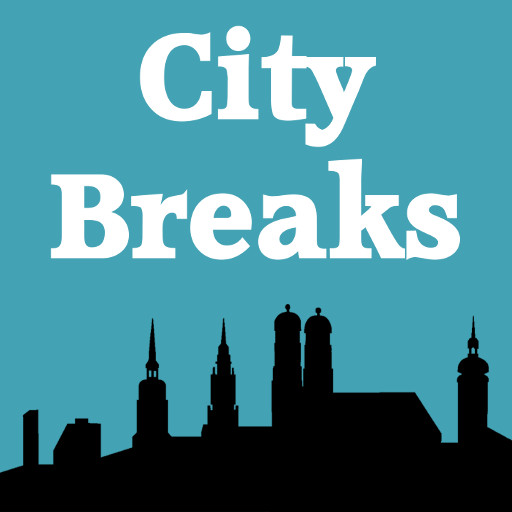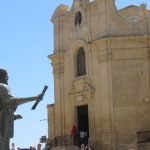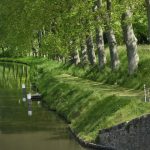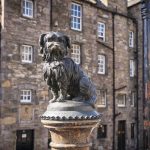Everywhere in Florence you will hear about the Medici family, who played such an influential role in the city’s politics, art and culture from the 15th to the 18th centuries. This post takes you to their first impressive residence, the Palazzo Medici-Riccardi, explaining what highlights to look out for on a visit, then gives potted biographies of the family members most associated with this palace.
The Palazzo Medici-Riccardi
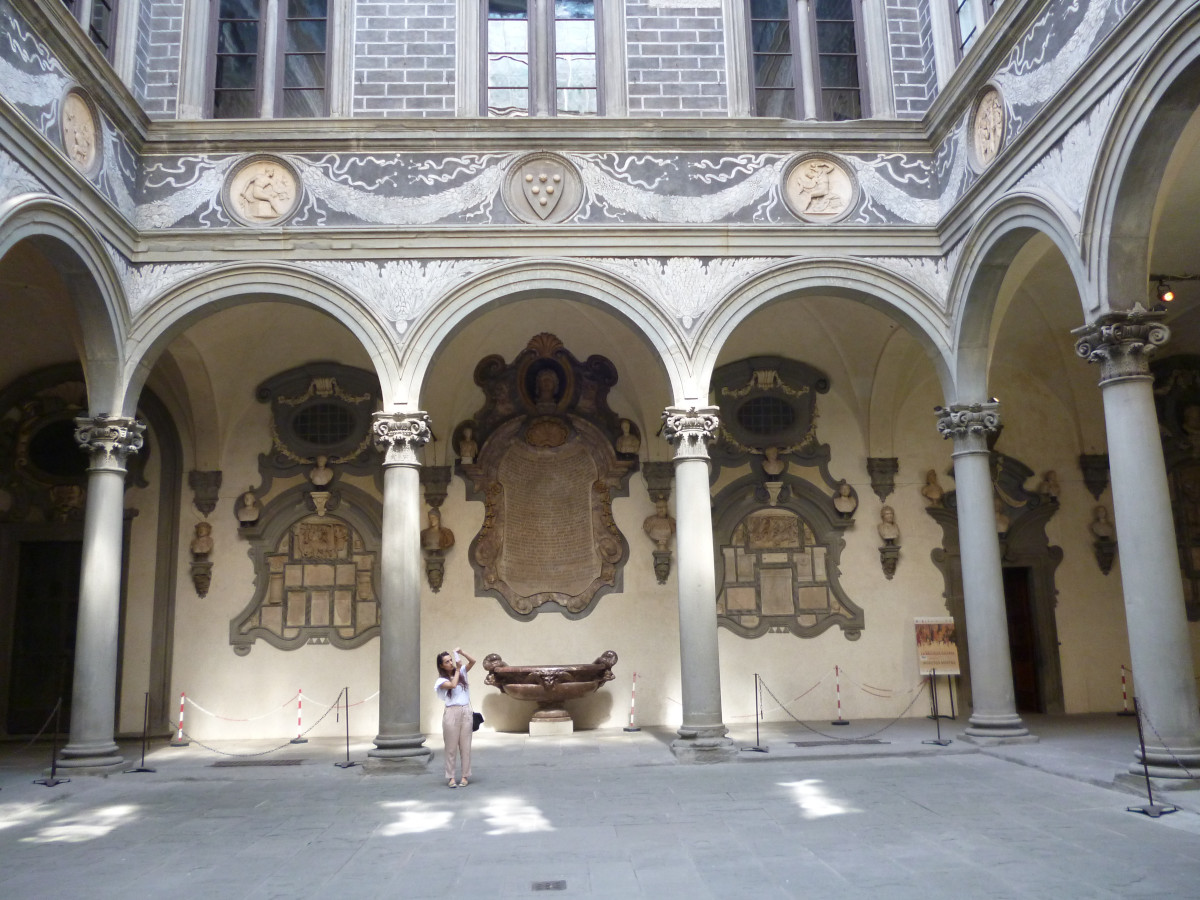
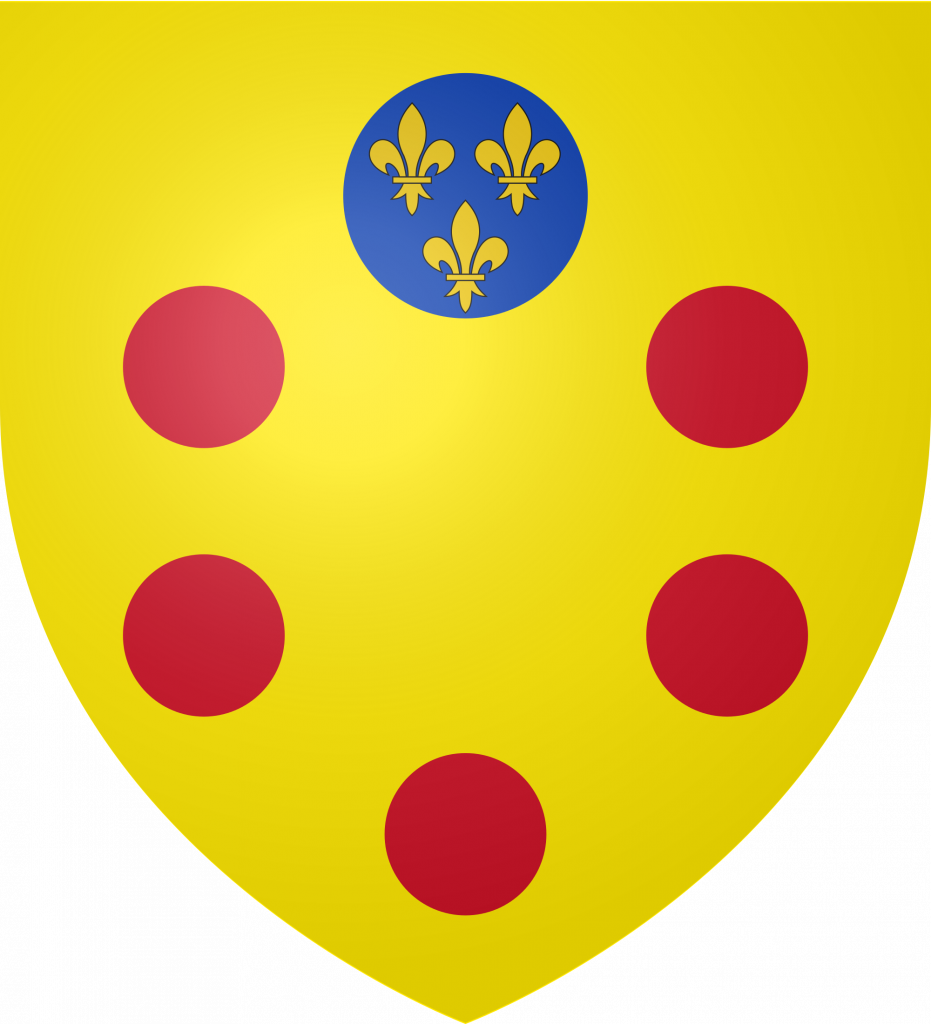
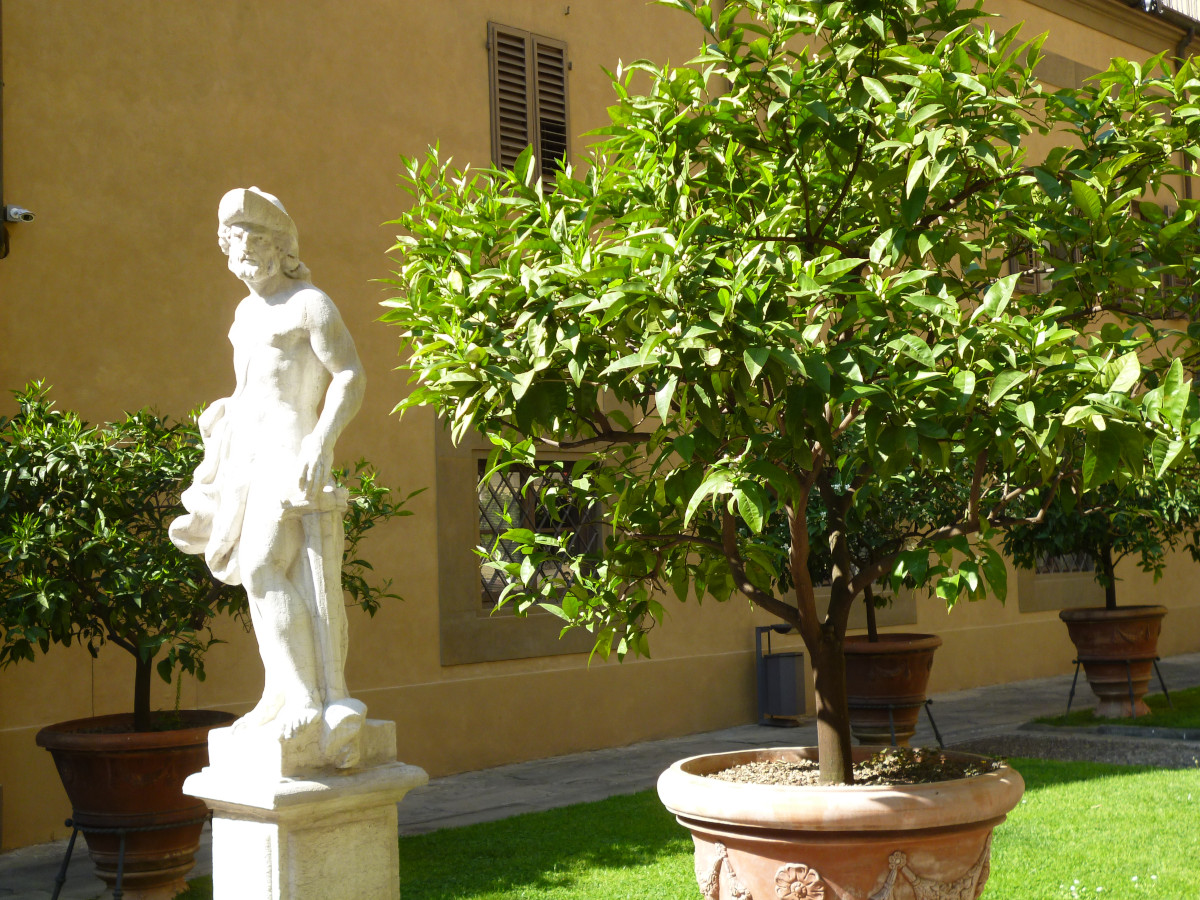
The fabulously wealthy Cosimo de Medici decided in 1444 to build a family palace in the centre of Florence. Aware that making others jealous might be unwise, he was careful to ensure that the outside, at least, was not too ostentatious. ‘Envy’, he explained, ‘is a plant one should not water’. And so, the high stone walls are not particularly impressive from the outside, but as soon as you enter you find yourself in a beautiful 15th century courtyard, surrounded by arches bearing the Medici family coat of arms, a gold shield with 6 red balls on it. This then, was the headquarters of the Medici family bank, as well as the residence of some 50 family members.
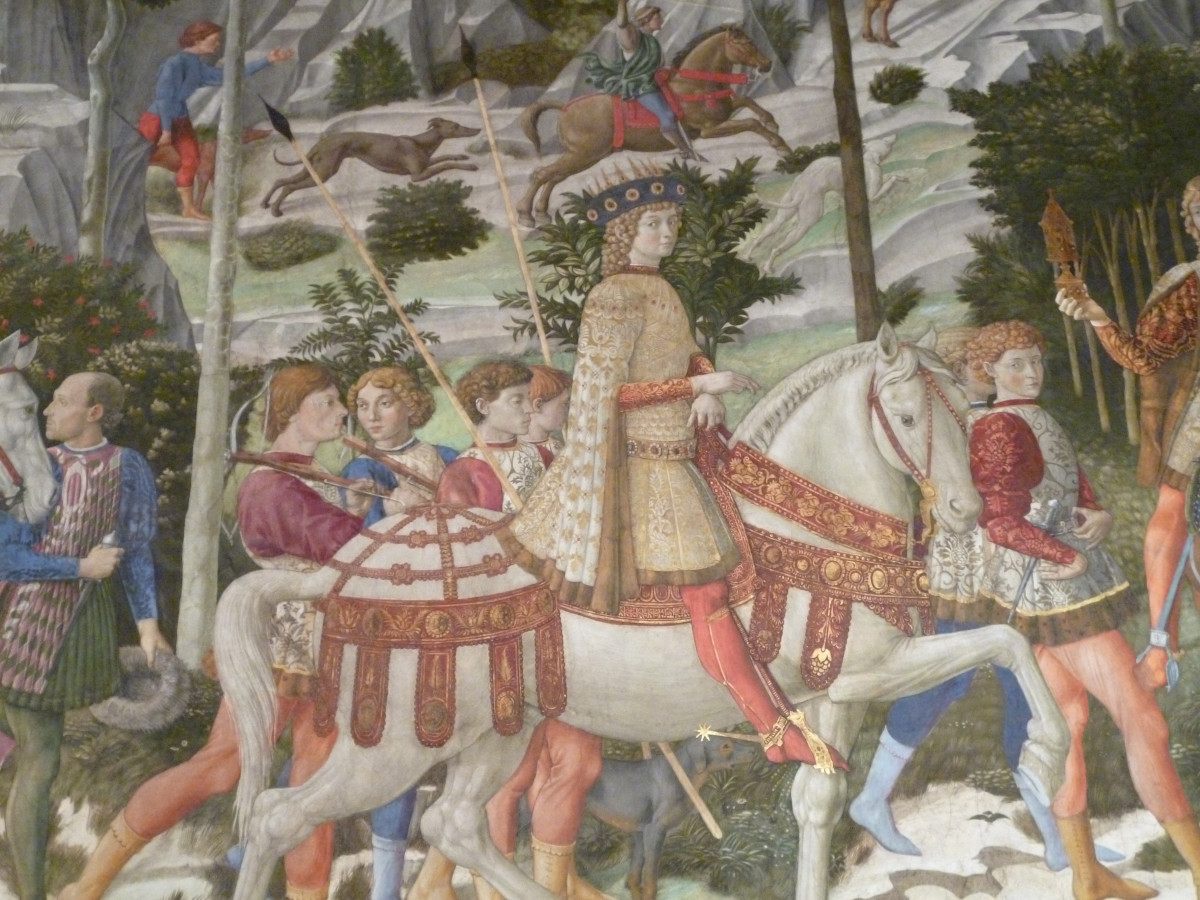
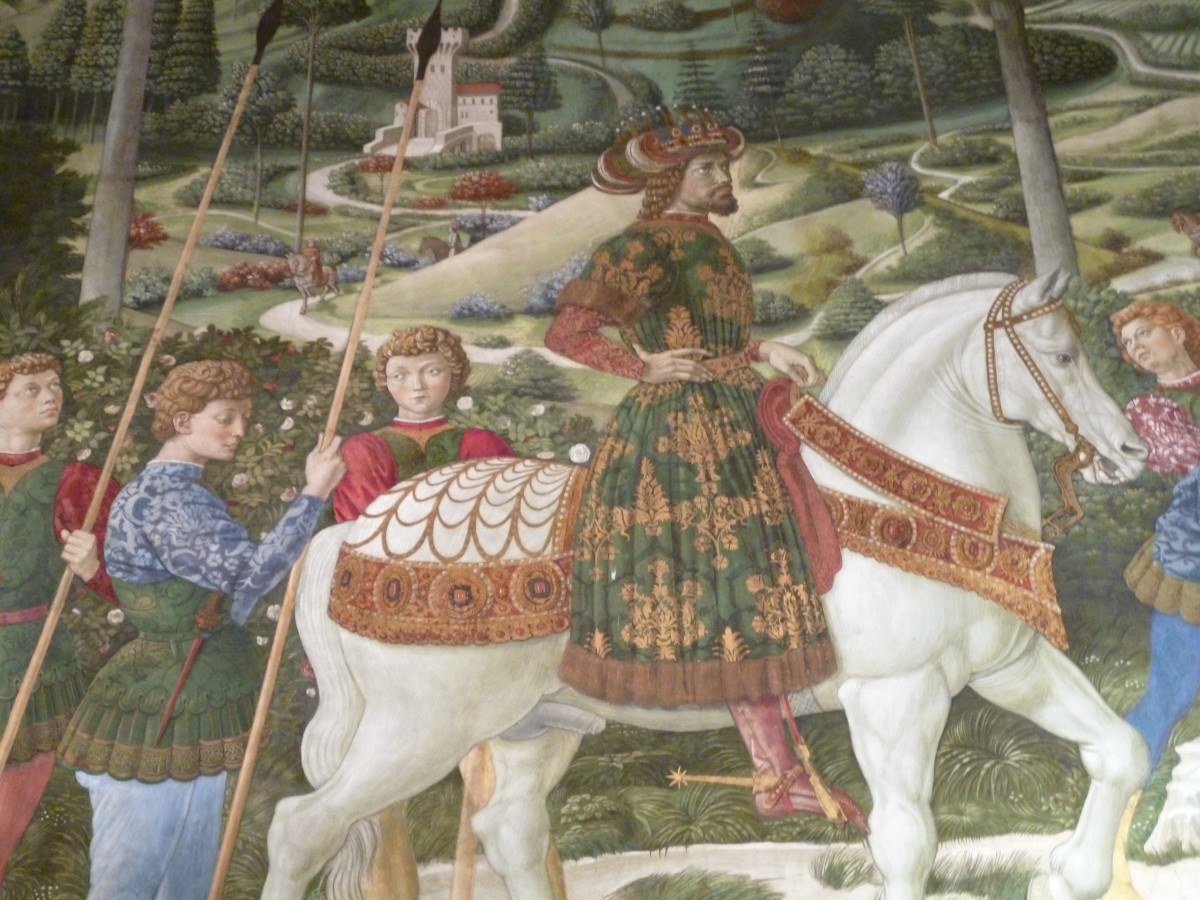
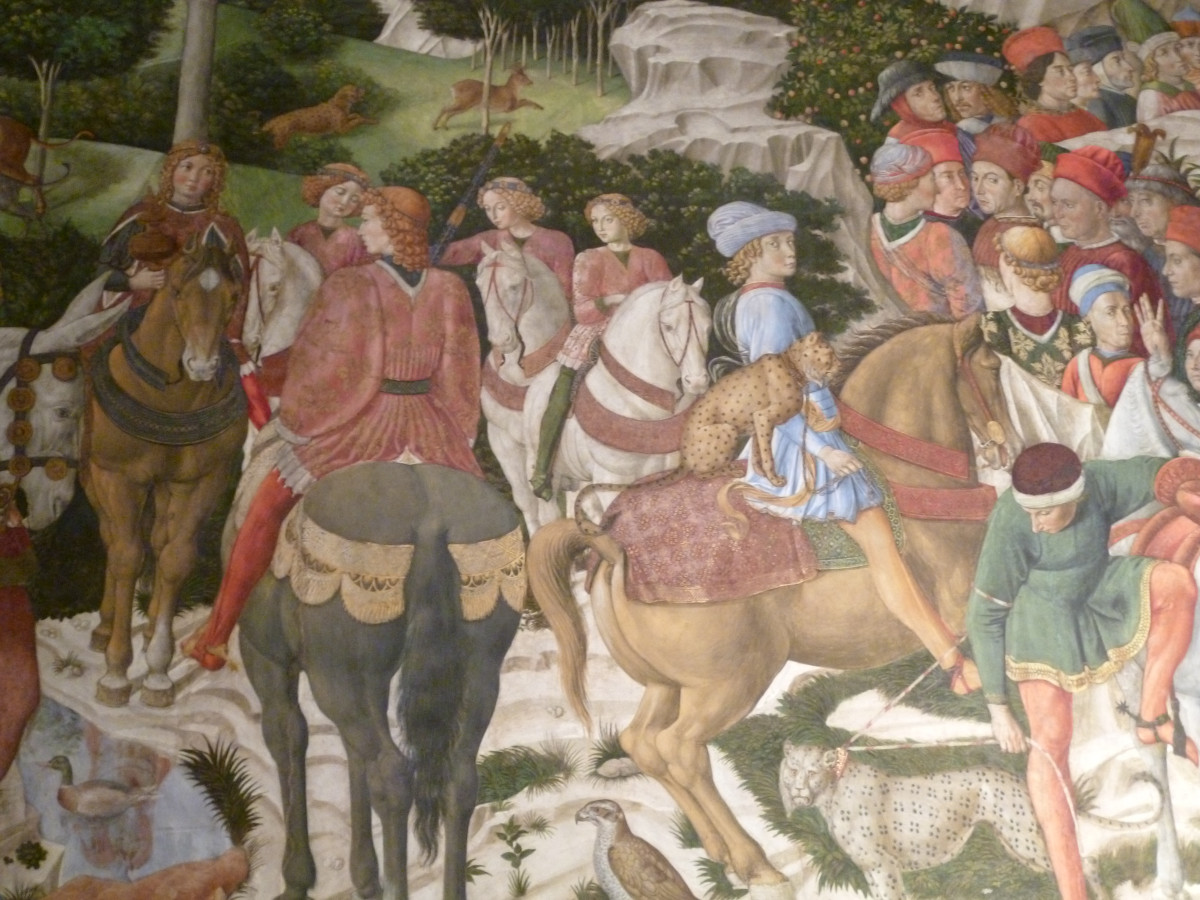
You can explore the palace and its gardens, where the Medici family were based for over two centuries and a highlight is the artwork, on which no expense was spared. Two Donatello statues, originally commissioned for this palace, are now elsewhere (‘David’, in the Bargello and ‘Judith and Holofornes’ at the Palazzo Vecchio), but Filippo Lippi’s beautiful painting, ‘Madonna and Child’ can be seen on the first floor. The stand-out feature is the family chapel, a little jewel of a room where three walls display an exquisite, brightly coloured fresco commissioned from the artist Benozzo Gozzoli in about 1460, ‘The Procession of the Magi’. Its theme is the journey of the three wise men after the birth of Christ.
But it is also a family showpiece, designed to impress the importance of the Medici on all who saw it. Piero de Medici, who commissioned the fresco, leads the procession, riding a white horse, his son Lorenzo is shown as a gold-clad king in the foreground and some of the horses’ bridles display the Medici coat of arms. The whole group is wending its way down a hillside which looks far more Tuscan than Middle Eastern and the bright colours and rich detail reflect the Medici’s expensive taste. The whole work sends the powerful message that the Medici are Florence’s ruling family and will continue to be so in future generations.
the medici family

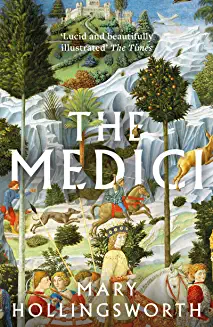
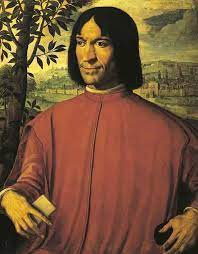
The Medici, originally peasants, arrived in Florence in the late 13th century and founded the Medici bank, eventually becoming the city’s richest and most powerful family. The first to make serious money was Giovanni di Bicci de Medici, who expanded the bank into other European countries and led Florence’s Bankers and Moneychangers Guild. He was known for his generosity to plague victims and he founded the orphanage Ospidale degli Innocenti, a building you can still visit today. Later generations of the Medici moved to the Palazzio Vecchio, then the Palazzo Pitti, but the three generations after Giovanni were well-known residents of the Palazzo Medici-Riccardi: his son, Cosimo, grandson Piero and great grandson, Lorenzo il Magnifico.
Cosimo di Medici (1389-1464) headed the Medici Bank, but was also a rich patron of the arts, especially of the sculptor Donatello. After quarrelling with a rival family, the Albizzi, Cosimo was imprisoned in the Palazzo Vecchio and then banished from the city. But after a decade, the city politics changed again and Cosimo rode triumphantly back into Florence, greeted by huge crowds welcoming his homecoming.
Cosimo’s son, Piero (1416-69), known as ‘Piero the Gouty’ was much less popular than his father and survived a number of assassination attempts. But he had a large family of 5 children, which secured the succession of the Medici family.
Cosimo’s grandson, Lorenzo, (1449-92) has gone down in history as Lorenzo il Magnifico, largely because of his generous sponsorship of the arts – he was Michelangelo’s patron, for example. However, it was said that he was the ‘first Medici to spend rather than accumulate’. He survived a murder attempt by members of a rival family in which his brother Giuliano was killed.
Both Lorenzo’s son, Giulio, and his nephew, Giovanni, became pope, ruling as Leo X and Clement VII respectively. This further illustrates the power wielded by the Medici family, especially in the 15th and 16th centuries, but the family eventually died out when the last member, Anna Maria Luisa de Medici, died childless in 1743.
Listen to the POdcast
Reading suggestions
Florence, the Biography of a City by Christopher Hibbert
The Medici by Paul Strathern
The Medici by Mary Hollingsworth
links for this post
Previous episode Santa Maria Novella
Next episode San Lorenzo (+ more on Cosimo de Medici and Donatello)
Last Updated on June 29, 2023 by Marian Jones
